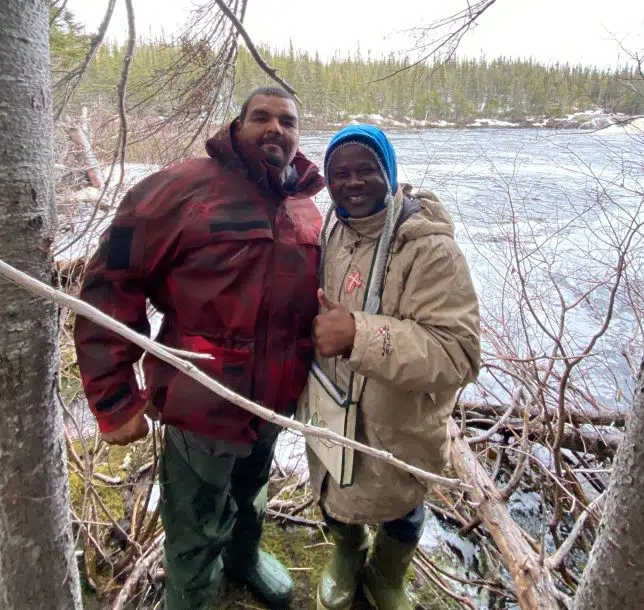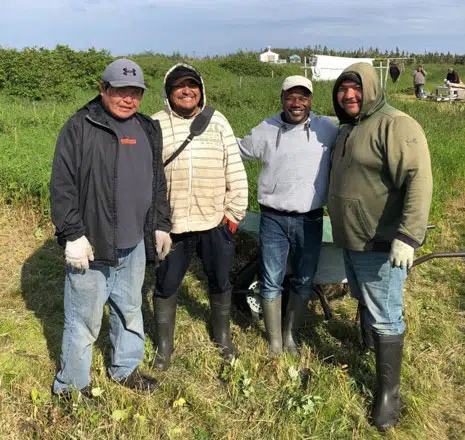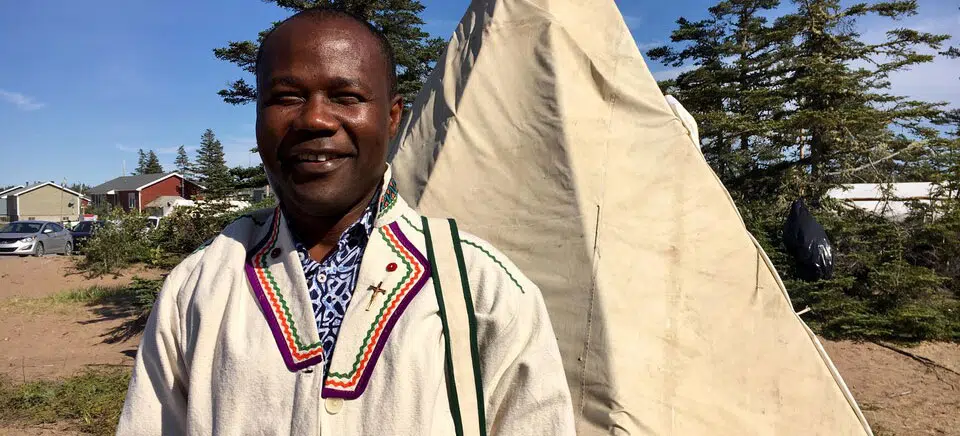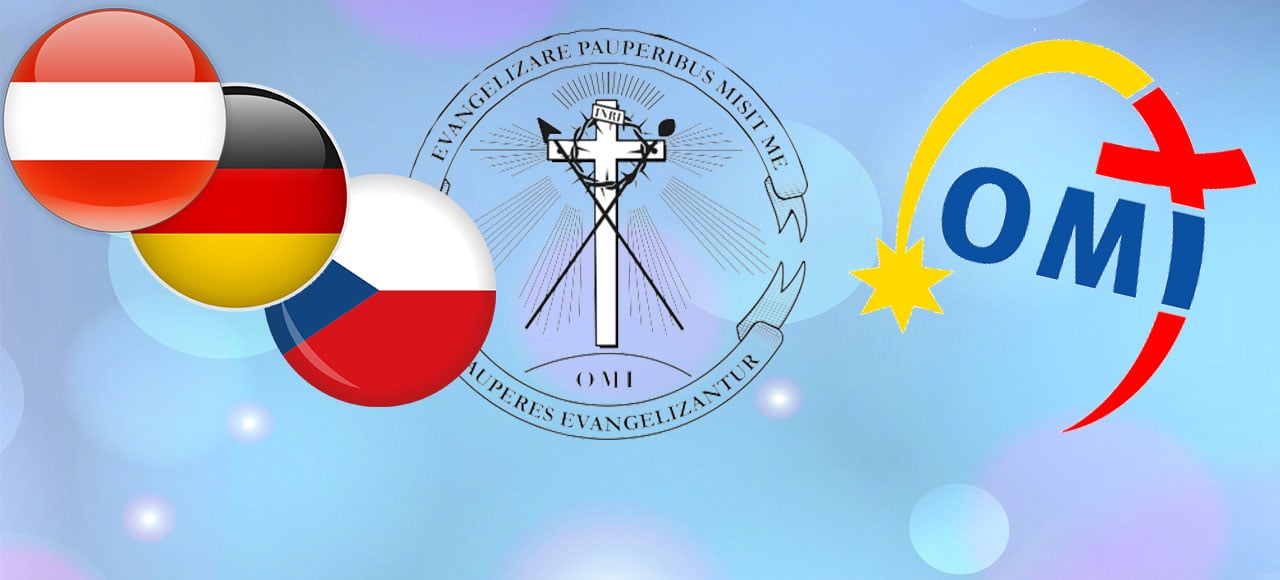NOTRE-DAME DU-CAP
First published on www.missioncheznous.com
Father Gérard Tsatselam OMI, who has been accompanying the Innu people for the past 10 years, gives us a portrait of the life of the Christian communities he has been working with and of their faith in action. Solidarity and fervor characterize these small fraternal teams who are committed to taking care of their own and to meeting the needs of these communities.
Mr. Antoine Malec, an elder from Nutashkuan, liked to tell me about the time of the missionary Fathers Babel and Arnaud, whom he called Ka Kushkuentak and Ka Uashkamuet (i.e. “He who is upright”, meaning here uprightness and rigor, and “He who has a strong voice that carries to a distance”). For him, it was at Musquaro (Lower North Shore) that the Innu gathered, and that the first missionaries met them. In the past, there was a church and a cemetery there. They celebrated funerals, baptisms and weddings in this gathering place before leaving for the territory.

I notice today that there are moments when the community as a whole manifests its faith outwardly: Christmas Eve, Holy Week and Easter, the feast of Saint Anne, the procession of August 15, etc. These high points of Christian life mobilize all the living forces of the community. And each community would like to have, especially for these moments, a priest to accompany them in the different celebrations.
For the feast of St. Anne, for example, young people prepare the site of the gathering, decorate it with flags, and set up the tents and the prayer area. Other teams transport people and equipment. As for the prayer and songs, it is the elders who ensure the organization and development.
In addition to the community experience, there are also practices that emphasize the living out of faith at the individual and family levels. In each community, about ten people gather in church on Sundays for prayer and sharing around the Word of God or the Eucharistic celebration when the missionary is present. Sometimes they are members of the same family, small groups who are very faithful to the practice of their Christian faith.
Most of the time, they are also present with families who are going through difficult moments in their lives: illness, bereavement, etc. In these painful circumstances, many people turn to prayer: the rosary, novenas to Saint Anne, Saint Anthony, Saint Kateri Tekakwitha, Saint Andrew, etc.
When families have the opportunity to go to the city, a visit to the shrine of Sainte-Anne-de-Beaupré is often indispensable. They go there either for a Eucharistic celebration, a meeting with the priests or to light lanterns.

In the communities of Pakuashipi, La Romaine (Unamen Shipu) and Nutashkuan, the church is not a separate entity from community life. On the material level, it is the Innu themselves, with the help of partners, who ensure the maintenance and operation of the infrastructures.
In each community, individuals or a team are recognized by their peers as being responsible for the animation of the community’s Christian life. These teams stood out during the confinements imposed by public health during the pandemic. They were very close to the community by offering listening, support and prayer services through all means of communication: telephone, community radio, Facebook, etc. During the deaths, they also welcomed the families at the church and accompanied them to the cemetery for the burials.
[1] For more information: “Lower North Shore: Musquaro Innu Gatherings Designated as National Historic Event,” online: https://ici.radio-canada.ca/nouvelle/765410/site-musquaro-basse-cote-cord-histoire.



